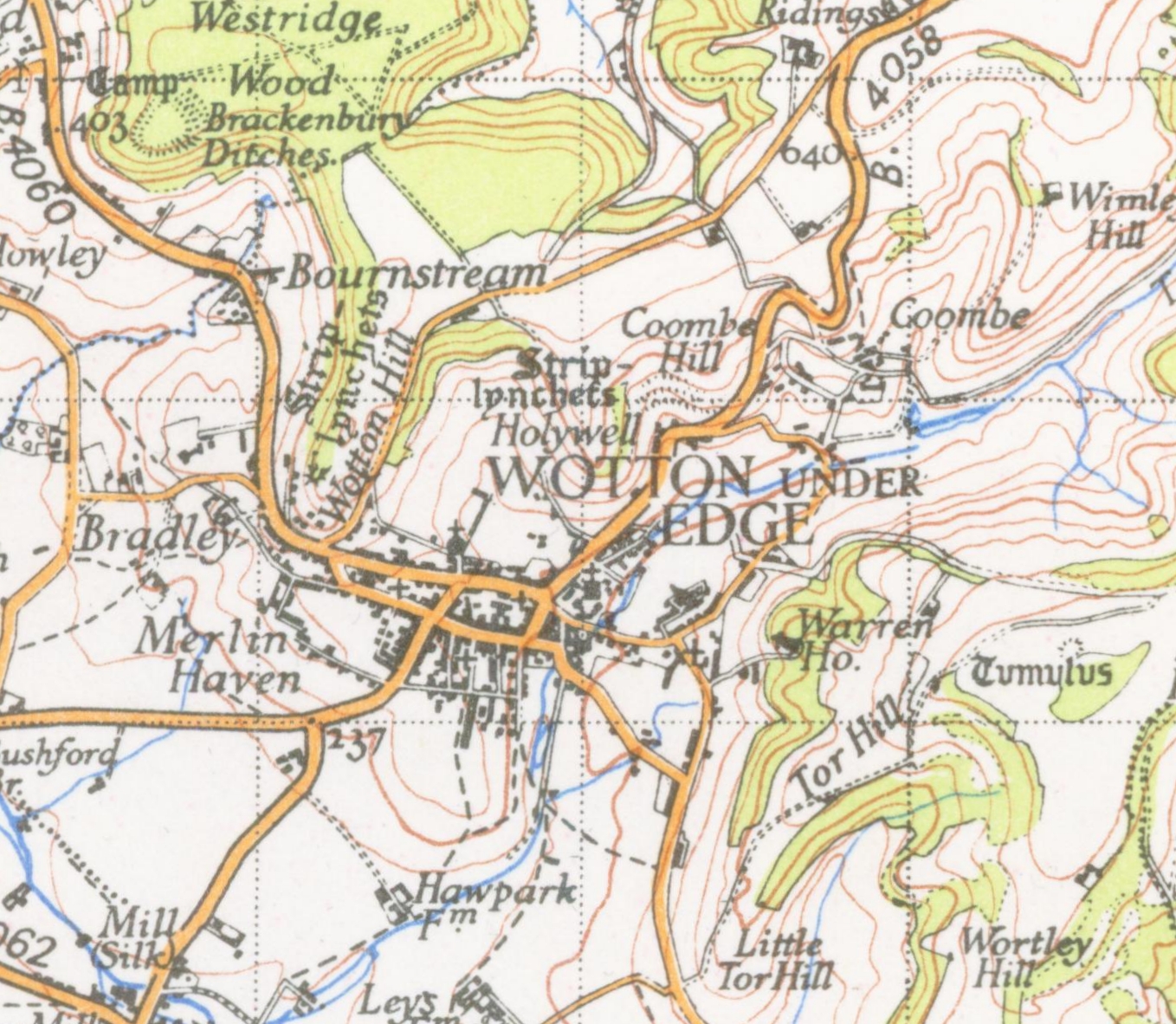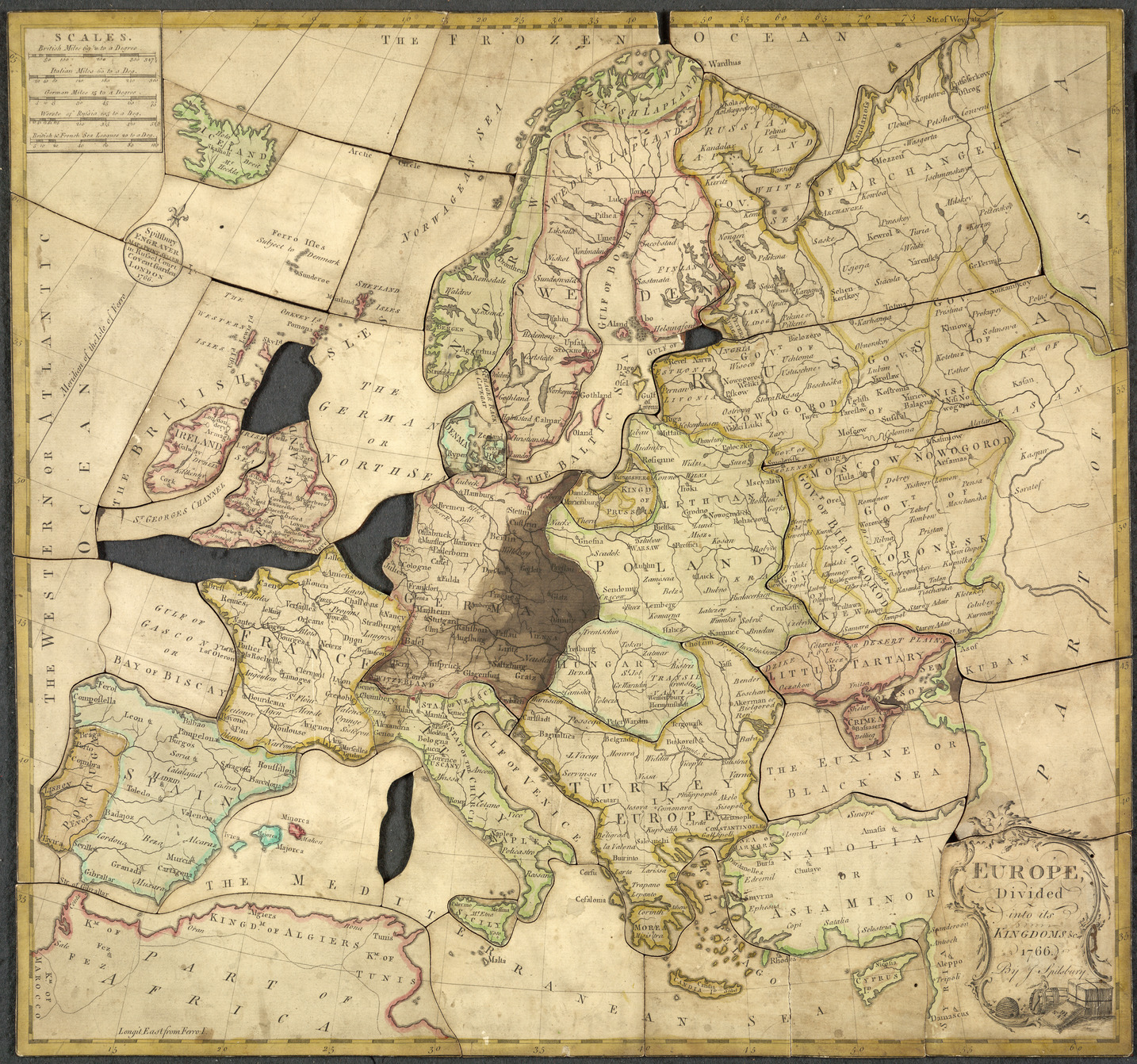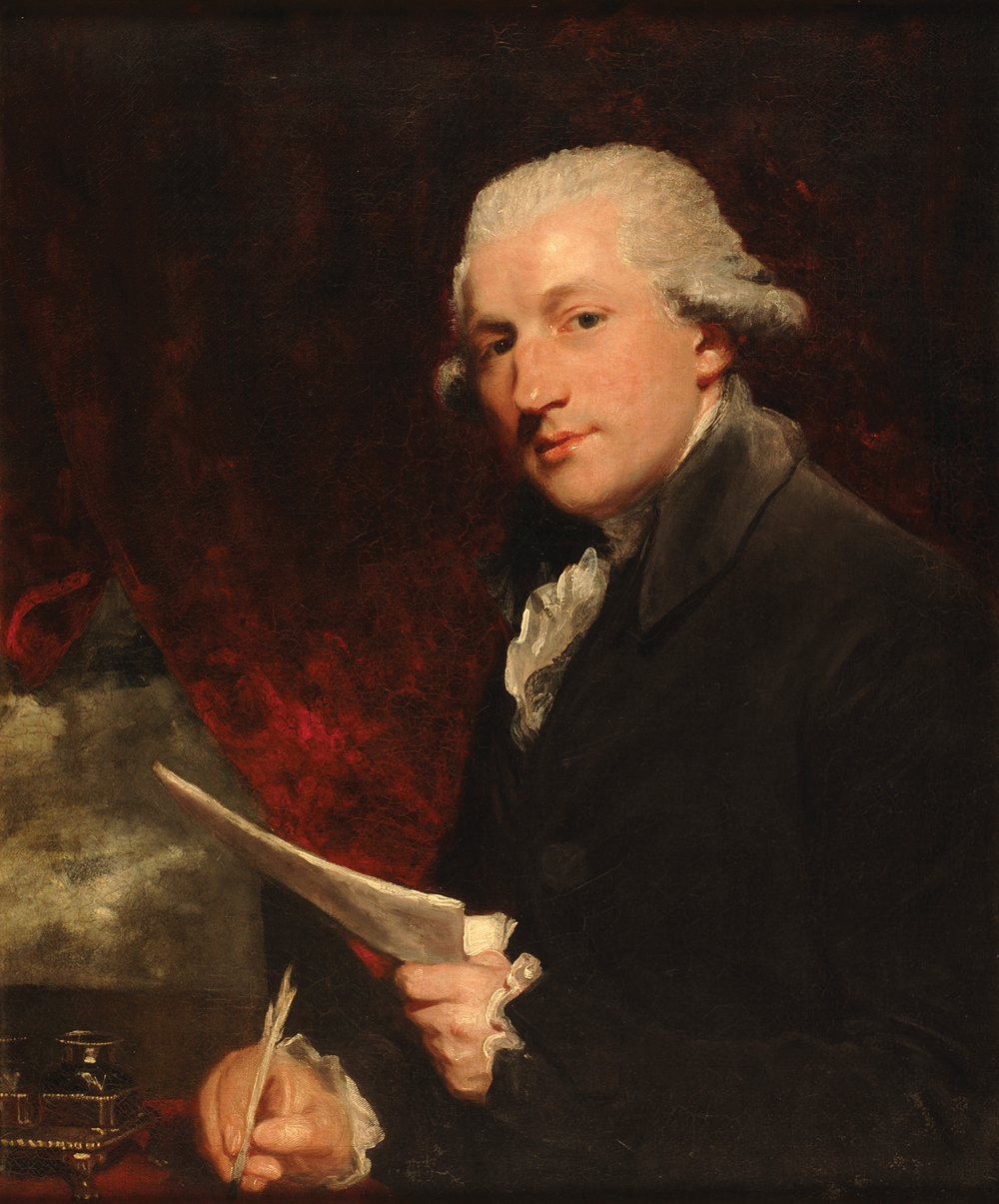|
Harry Ashby (engraver)
Harry Ashby (17 April 1744 – 31 August 1818) was an English writing- engraver. Early life Ashby was born on 17 April 1744 at Wotton-under-Edge, Gloucestershire, and was apprenticed to a clockmaker in that town, who also engraved dial-plates, spoons, and tankards. Here Ashby imbibed a taste for engraving. On the termination of his apprenticeship he removed to London, where, following the bent of his inclination for writing-engraving, he entered into an engagement with Mr. Jefferies, geographer, of Charing Cross, his principal employment being to engrave titles for maps and charts. Career Subsequently, Ashby worked for John Spilsbury, writing-engraver, of Russell Court, Drury Lane, to whose business he eventually succeeded, and whose widow he married. Ashby was employed by provincial, colonial, and foreign bankers, to engrave notes and bills. Some penmen also gave scope to his skill as an engraver of specimens of calligraphy. Among the works for which he engraved the plates are: ... [...More Info...] [...Related Items...] OR: [Wikipedia] [Google] [Baidu] |
Wotton-under-Edge
Wotton-under-Edge is a market town within the Stroud district of Gloucestershire, England. Located near the southern fringe of the Cotswolds, the Cotswold Way long-distance footpath passes through the town. Standing on the B4058, Wotton is about from the M5 motorway. The nearest railway station is Cam and Dursley, away by road, on the Bristol to Birmingham line. History The first record of the town is in an Anglo-Saxon Royal Charter of King Edmund I, who in AD 940 leased four hides of land in ''Wudetun'' to Eadric. The name ''Wudetun'' means the enclosure, homestead or village (''tun'') in or near the wood (''wude''). The "Edge" refers to the limestone escarpment of the Cotswold Edge which includes the hills of Wotton Hill and Tor Hill that flank the town. In the 1086 Domesday Book listing, Wotton was in the hundred of Dudstone. Kingswood Abbey was founded in 1139, but all that remains is a 16th-century Cistercian gatehouse. Nearby historical buildings include the ... [...More Info...] [...Related Items...] OR: [Wikipedia] [Google] [Baidu] |
Exning
Exning is a village and civil parish in the West Suffolk district of Suffolk in eastern England. It lies just off the A14 trunk road, roughly east-northeast of Cambridge, and south-southeast of Ely. The nearest large town is Newmarket. The most conspicuous building in Exning is the church of St Martin, which is visible from the A14. History Local lore reputes Exning to have been the capital of the Iceni tribe and therefore the home of Queen Boadicea (Boudicca). At the time of William the Conqueror, Exning was in Staploe Hundred. Later, the settlement was in the Liberty of Ely. When the powers of the Liberty were reduced, some of its territory returned to Suffolk, including Exning – albeit as a part of Lackford Hundred, where it would remain until the Victorian period. For several centuries, the part of Suffolk centred on Exning was almost an enclave of the county within the confines of Cambridgeshire. The parish of Newmarket All Saints was transferred from Cambridgeshire ... [...More Info...] [...Related Items...] OR: [Wikipedia] [Google] [Baidu] |
John Spilsbury (cartographer)
John Spilsbury (/I.P.A. spɪlsbəri/ 1739 – 3 April 1769) was a British cartographer and engraver. He is credited as the inventor of the jigsaw puzzle. Spilsbury created them for educational purposes, and called them "Dissected Maps". Life and works John Spilsbury was the second of three sons of Thomas Spilsbury; the engraver Jonathan Spilsbury was his elder brother, and the two have sometimes been confused. He served as an apprentice to Thomas Jefferys, the Royal Geographer to King George III. Spilsbury created the first puzzle in 1766 as an educational tool to teach geography. He affixed a world map to wood and carved each country out to create the first puzzle. Sensing a business opportunity, he created puzzles on eight themes - the World, Europe, Asia, Africa, America, England and Wales, Ireland, and Scotland. Spilsbury married Sarah May of Newmarket, Suffolk Newmarket is a market town and civil parish in the West Suffolk district of Suffolk, England. Located ... [...More Info...] [...Related Items...] OR: [Wikipedia] [Google] [Baidu] |
John Hodgkin (tutor)
John Hodgkin (11 February 1766 – August 1845) was an English tutor, grammarian, and calligrapher. Life He was born at Shipston-on-Stour, and was educated partly at a Quaker school at Worcester, and partly by his uncle, Thomas Hodgkin, a successful private tutor in London, who invited his nephew to follow his profession. Thomas Hodgkin accepted an offer from David Barclay of Youngsbury to become headmaster of Ackworth School in Yorkshire; and at age 15 John Hodgkin went there as assistant for a year. In 1787 he joined Thomas Young in superintending the education of Hudson Gurney, Barclay's grandson; the two were resident tutors, at Youngsbury and elsewhere.Kass, Amalie M. and Kass, Edward H. (1988) ''Perfecting the World: The life and times of Dr. Thomas Hodgkin, 1798–1866''. Harcourt. . pp. xxii–xxiii. In combination they forming a successful study group and friendship. The two tutors seem to have given each other mutual instruction for four years, and tutors and pupil rem ... [...More Info...] [...Related Items...] OR: [Wikipedia] [Google] [Baidu] |
William Milns
William is a masculine given name of Norman French origin.Hanks, Hardcastle and Hodges, ''Oxford Dictionary of First Names'', Oxford University Press, 2nd edition, , p. 276. It became very popular in the English language after the Norman conquest of England in 1066,All Things William"Meaning & Origin of the Name"/ref> and remained so throughout the Middle Ages and into the modern era. It is sometimes abbreviated "Wm." Shortened familiar versions in English include Will, Wills, Willy, Willie, Liam, Bill, and Billy. A common Irish form is Liam. Scottish diminutives include Wull, Willie or Wullie (as in Oor Wullie or the play ''Douglas''). Female forms are Willa, Willemina, Wilma and Wilhelmina. Etymology William is related to the German given name ''Wilhelm''. Both ultimately descend from Proto-Germanic ''*Wiljahelmaz'', with a direct cognate also in the Old Norse name ''Vilhjalmr'' and a West Germanic borrowing into Medieval Latin ''Willelmus''. The Proto-German ... [...More Info...] [...Related Items...] OR: [Wikipedia] [Google] [Baidu] |
Richard Langford (calligrapher)
Richard Langford may refer to: * Richard Langford (MP for Wells) (), MP for Wells, Somerset * Richard Langford (MP for Ludlow) (died 1580), MP for Ludlow, Shropshire * Richard Langford (priest), Welsh Anglican priest *Richard Langford, character in ''Two and a Half Deaths "Two and a Half Deaths" is the sixteenth episode of the eighth season of the American crime drama ''CSI: Crime Scene Investigation'' which is set in Las Vegas. The episode aired on May 8, 2008 on CBS. It was written by Chuck Lorre and Lee Aro ...'' See also * Rick Langford, American baseball pitcher {{hndis, Langford, Richard ... [...More Info...] [...Related Items...] OR: [Wikipedia] [Google] [Baidu] |
Thomas Tomkins (calligrapher)
Thomas Tomkins (1743–1816) was an English calligrapher. Life He kept for many years a writing school in Foster Lane, London. Tomkins was a friend of Samuel Johnson and Sir Joshua Reynolds, and used to demonstrate how he could draw a perfect circle with the pen; but was ridiculed by Isaac D'Israeli. He died in Sermon Lane, Doctors' Commons, in September 1816. His partner in the writing academy, John Reddall, survived till 17 August 1834. Works Among examples from his pen are: *A transcript of the charter granted by Charles II to the Irish Society (17th century), Irish Society, containing 150 folio pages; *ornamental titles to books, particularly Thomas Macklin's Bible (8 vols. 1800–16), James Thomson (poet, born 1700), James Thomson's ''The Seasons (Thomson poem), The Seasons'', and the Houghton Collection of Prints; *a transcript of Horatio Nelson's letter announcing his victory at the battle of the Nile—this was engraved and published; *titles to three volumes of manus ... [...More Info...] [...Related Items...] OR: [Wikipedia] [Google] [Baidu] |


.jpg)
